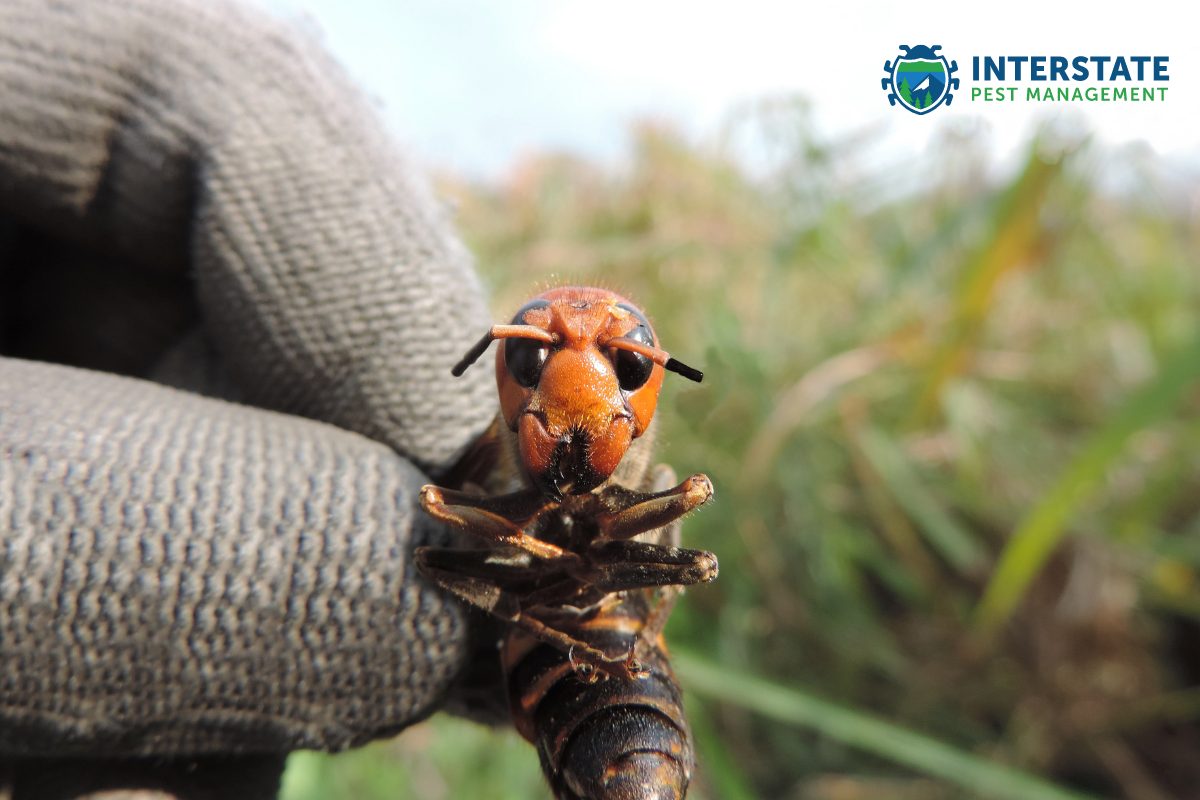
Murder hornets have received a lot of media attention the last couple of summers and for good reason. This massive, creepy-looking stinging insect isn’t native to our area, yet it’s been spotted in Washington a couple of times. Keep reading to learn more about murder hornets and what to do if you see one.
Where do Murder Hornets Come From?
Asian giant hornets, often referred to as murder hornets are native to South, East, and Southeast Asia as well as eastern Russia, but they’ve recently been spotted in Washington. It’s unknown how the murder hornets first arrived in the country, but the Department of Agriculture is working to track, trap, and eradicate these stinging insects before they spread.
These hornets generally build their nests underground, inside dead logs, or at the bases of large trees.
Are Murder Hornets Dangerous?
Murder hornets, like other wasps typically don’t attack people unless they’re provoked or feel that their nest is threatened. This stinging insect has a stinger about ¼ inch long and it can inject about 28 times the amount of venom than a honey bee in a single sting, producing very painful stings.
A sting can be deadly if you’re allergic to the venom or if you’re stung multiple times so you should seek treatment immediately if you’ve been stung by an Asian giant hornet.
However, the real danger from murder hornets is the threat they pose to our honey bee population. While these pests prey on beetles, praying mantises, and other hornet species, they’re especially known to prey on honey bees. A single murder hornet can kill dozens of honey bees in just minutes, attacking adults and feeding on their larvae and pupae.
What to do if You Find an Asian Giant Hornet
If you spot an Asian giant hornet, Do not try to trap them yourself. Contact Interstate Pest Management. We’ll direct you toward the state officials who are in charge of trapping and investigating this hornet species. And if you’re dealing with other wasps around your home and need a reliable wasp exterminator, we can help. We’ll identify the species, locate their nest, and properly remove the nest so you can return to a safe and comfortable environment.